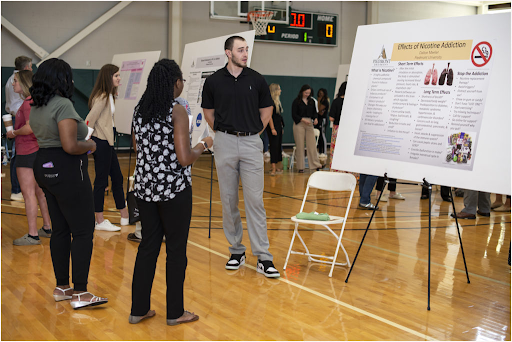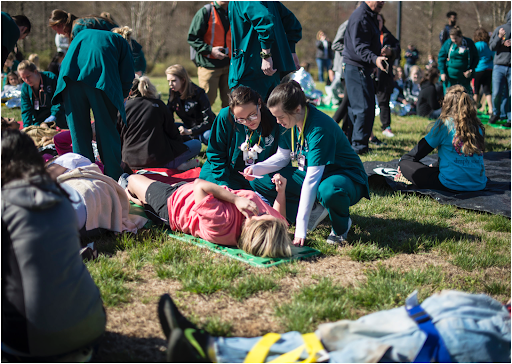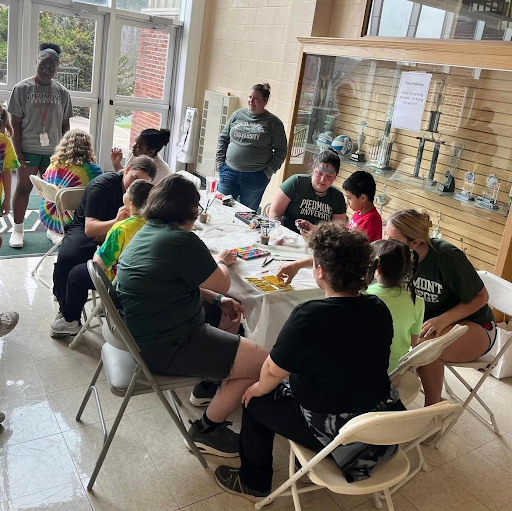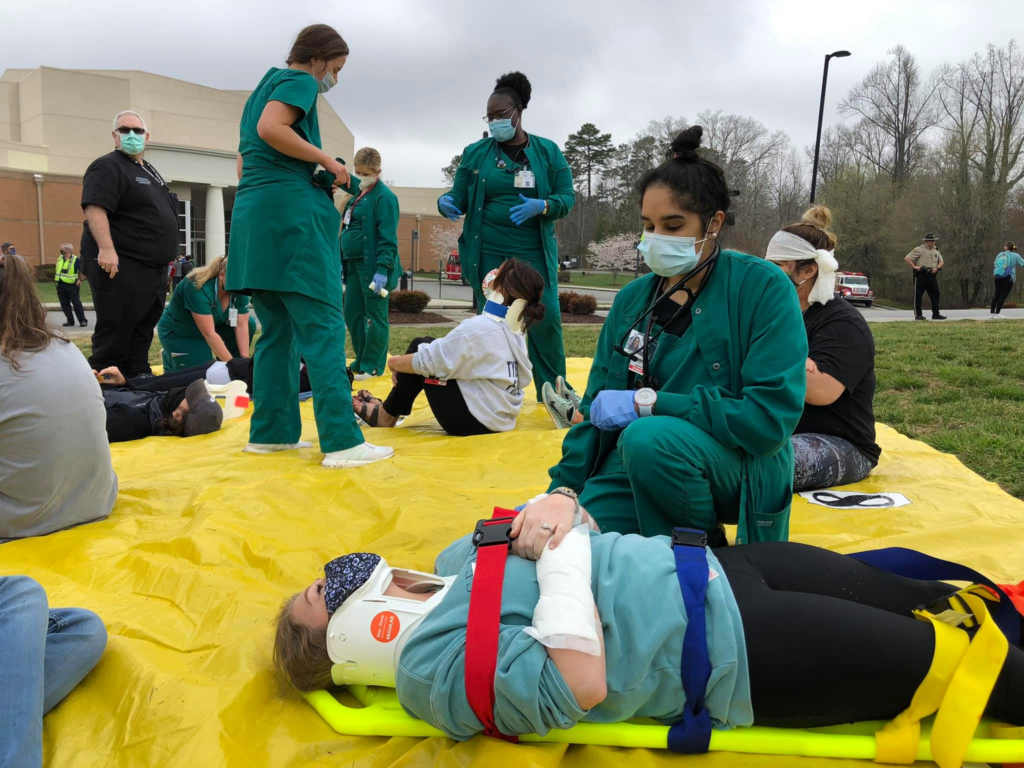
Piedmont will raise tuition over the next four or five years, so that full-time students will pay for 15 credit hours, not 12. With this change, Piedmont’s policy will be comparable to those of other private colleges and universities.
“Every private college in the country charges for a 15-hour rate,” President Mellichamp said. “They charge you the hourly rate times 15 credit hours. And the trustees have said we have to move to that basis. We can’t do that all at once. It would be an unbelievable increase. So, it’s going to happen over about five years.”
Unlike public institutions, Piedmont doesn’t get funding from the state or federal government.
“Like every other private college and university, we are tuition-dependent,” Mellichamp said. “If our costs to operate the college go up, we raise tuition. Every year since I’ve been here there’s been an adjustment in the tuition. There are some exceptions. The year that the recession hit, we froze our operational expenses. Faculty and staff didn’t get any raises, we cut our benefits program, those kinds of things. But every other year, tuition goes up. It has to.”
While tuition goes to paying salaries and operational costs, privately donated money pays for student aid.
“We have an endowment,” Mellichamp said. “The endowment has about 60 million dollars in it. But that money was given and restricted to scholarships. We can’t use it to pay faculty salaries, we can’t use it to build buildings or pay for light bills or anything like that.”
As tuition increases, that endowment will be used to help returning students.
“We are going to be offering additional scholarship monies for returning students during this time, to help soften the impact,” Mellichamp said. “There is a catch, that is you have to come back this fall to use the scholarship. If you were going to sit out a semester, or sit out a year and then come back the next year, you will pay the prevailing rate if you don’t reenroll this fall.”
Incoming freshmen will pay about one percent more than returning students.
“They will pay more, but not as much as the freshmen,” Mellichamp said. “The increase for returning students is about five percent. Every school increases tuition on an annual basis between 3 and 5 percent. You won’t really notice the difference because we are doing it incrementally. If we did it all at once or even over two years, it would be untenable. So we are raising tuition by 5 percent every year for the next four or five years to get us to that point. Whatever the trustees decide.”
The Board of Trustees approves tuition rates one year at a time. For the coming academic year, the tuition will increase 5 percent from $24,464 to $25,687. Brenau University charged $28,510 for tuition this academic year. At Young Harris College it was $29,267. Toccoa Falls College, also comparable to Piedmont in undergraduate enrollment, charged only $22,104 in 2017.
“We are still going to be one of the least expensive private colleges in the state of Georgia. Even with this increase, it might be one or two percent more than a typical year.”
How does the college plan to spend the extra money? One important goal is to raise faculty salaries.
“We are lagging in what we’re paying our faculty,” Mellichamp said. “Several thousand dollars, probably around 4900. Multiply that times 130 full-time faculty members. If we can’t pay our faculty members more than they would earn at other institutions, we can’t encourage them to come here, and then we can’t keep them here. One of the promises I’ve made and the board of trustees has made to the faculty is over this four to five year period we are going to get the salaries back up to average or maybe even slightly above.”
The rest of the money, President Mellichamp said, will go to “taking care of stuff.”
“Stuff just wears out. The roof on Daniel Hall is 60 years old. And to replace the roof on this building is going to cost 500,000 dollars.”
Mellichamp said he thinks that Piedmont’s twelve-hour tuition rate may have held the college, and students, back.
“It made it very difficult for the institution to staff adequately and to pay adequate salaries to our staff,” Mellichamp said. “You look at student affairs areas, with Dean Petit, Dr. Crawford, we’ve added positions there almost every year for the last six years since I’ve been president, because we need them. The students need counseling services, they need career services, they need professional people in those positions. And I think the fact that we were not pricing ourselves the way our peer institutions were doing prevented us from offering the full range and scope of services that we really should have been providing.”

















